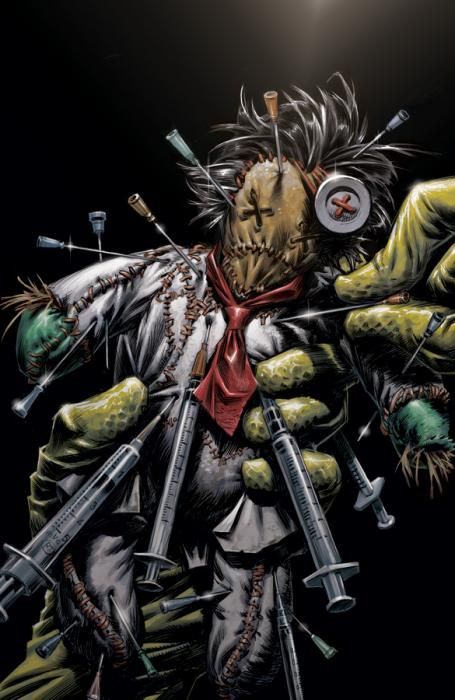If this was your first look at "Witch Doctor," there's enough of interest in "Witch Doctor: Mal Practice" #3 to go back and pick up everything you've missed. While the issue is clearly in the middle of a storyline, writer Brandon Seifert gives the reader enough of the major characters in play to understand their role in the larger plot. It's supernatural/horror, but presented with a flair for the comedic and self-aware. It doesn't go full bore into the kind of territory that "Buffy the Vampire Slayer" conquered, but there'd be a good overlap of fans.
Dr. Malcolm Morrow is a specialty doctor, focusing on the bizarre and the supernatural. As this issue begins, he's recording his last will and testament into his iPhone. Seifert's dialogue here helps us understand the doctor's attitude and sense of humor. The similarities might lead you straight to Hugh Laurie's "House," if you were looking for an easy comparison.
In an attempt to cure himself and save one of his charges (a monster in the shape of a wirey young girl named Penny), the Doctor is preparing a swap in a darkened reservoir parking lot with shadowy figures interested in a book he has.
As these things are wont to due, plans go astray when it's revealed that nobody is exactly living up to their part of the bargain. The best part is the reaction Morrow has when he hears the ludicrous wishes of the people he's dealing with. From there, they're revealed to be -- well, someone from a previous issue.
And then the monsters come out and everyone dies. Kind of. There's a lot of excitement and monster action in the second half of the book, as the plot moves away from Seifert's dialogue-driven approach and more towards a roller coaster ride of hero versus villain action. Morrow becomes unhinged, and then leaves his body.
With every twist, there's new supernaturalism. I didn't even bring up the voodoo doll...
If Seifert's deft writing and page-turning style is the first star of the book, then the art from Lukas Ketner is the other. Ketner's style is unlike anything else on the market in American comics today. The overall style might remind you a bit of Neal Adams or Francesco Francavilla, with a touch of Tom Palmer-inked Gene Colan thrown in. It's a perfect dark art style for a book that lives in the shadows. But Ketner's work is more than just the sum of his solid black areas and feathered inks and scratchy textures. There's an animation and expressiveness he uses to draw the characters that fits the book so much more than you might think. Given the overall tone of the series and how much of it depends on the reactions and the emotions of the characters, it's a perfect fit. The book can be gruesome and scary when it wants to be, but it tells the story first, and sells it with good "acting" and expressive art.
Coloring from Andy Troy serves the art well, not hiding anything with dark colors or muddy palettes. It's a darker book, overall, and Troy still uses some sickly greens and browns to fill the backgrounds and set the scenes. He uses some nice simple highlights and shading techniques to create extra depth. He uses subtle texturing in the backgrounds often to make things seem more real, and less like a line drawing.
Just to be complete, the lettering by Seifert adds to the book. There are a couple of notable panels in the book where Dr. Morrow's delivery of his lines is sold by the way the balloons are broken up and travel across the panel. It's another excellent example of how good lettering can add to the story, and doesn't need to hide.
"Witch Doctor: Mal Practice" is a good entry point for the series. Knowing more of the back story will let you appreciate the twist in the middle and better understand what's going on, but it's open enough to invite new readers in. It'll get you both coming and going. Even if the subject matter isn't to your normal liking, give Ketner's art a try. It will jump out at you.

